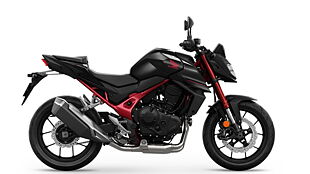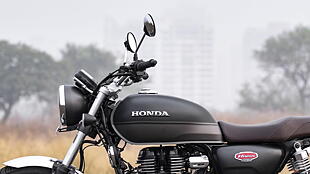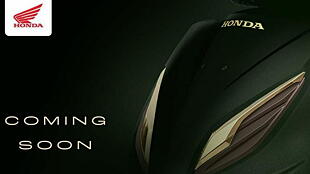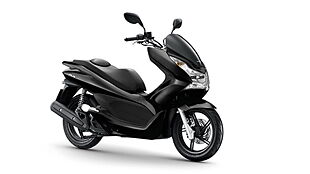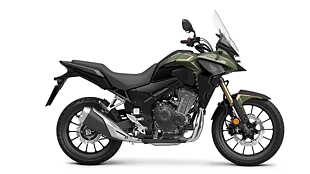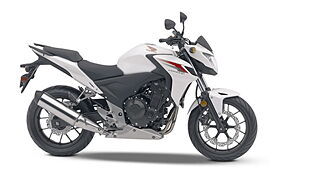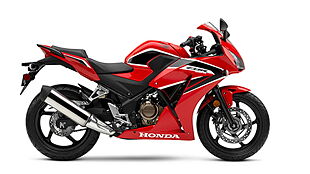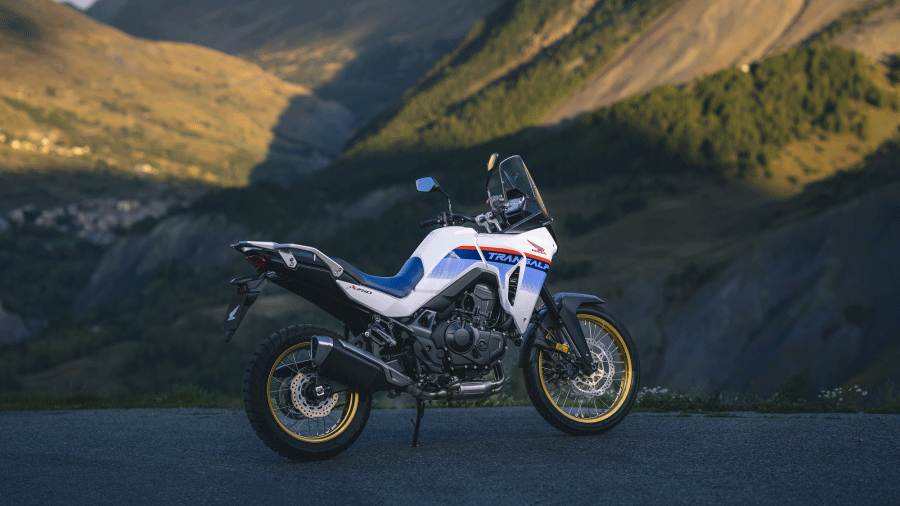Honda CB Hornet 160R Review
The Honda Hornet 160R is the Japanese two wheeler maker's third attempt at luring in the young. It tried with the Dazzler and then with the Trigger, but both bikes were half-baked attempts. The Dazzler completely lacked appeal and the Trigger was just a Unicorn in fancier clothing. With the Hornet 160R, however, Honda has set out not just to play catch up with success like the Yamaha FZ-S and the Suzuki Gixxer but to blow past them. And what better place to start than one that truly defines this class of 150cc motorcycles: Style. The Hornet 160R might be the Unicorn 160 underneath with the engine and chassis borrowed from the latter, but Honda has done enough to create the much needed differentiation.
What is it?

The Honda Hornet 160R is the Japanese two wheeler maker's third attempt at luring in the young. It tried with the Dazzler and then with the Trigger, but both bikes were half-baked attempts. The Dazzler completely lacked appeal and the Trigger was just a Unicorn in fancier clothing.
With the Hornet 160R, however, Honda has set out not just to play catch up with success like the Yamaha FZ-S and the Suzuki Gixxer but to blow past them. And what better place to start than one that truly defines this class of 150cc motorcycles: Style. The Hornet 160R might be the Unicorn 160 underneath with the engine and chassis borrowed from the latter, but Honda has done enough to create the much needed differentiation.
How does it ride?

As we mentioned the Hornet is based on the Unicorn but Honda has reworked the carburettor (says Honda) to bump up the power and torque figures. It has also reworked the exhaust and thrown in a catalytic converter in there to make the Hornet BS IV compliant; emission levels that are only due in 2017. It has given the Hornet 160R a slightly revised swingarm, wider tyres and beefier front forks; these are now 37mm in diameter.
But, the big change can be experienced once you mount the bike. The rider footpegs are now a set of rearsets, the handlebar is lower and wider, and the seat is still low enough for the average Indian male to firmly plant his feet on the ground. This change alone makes the Hornet 160R likeable. The seating offers a lovely balance between comfort and control and even after long hours in the saddle, it won't leave one with an aching back or a sore bottom.

Once you get the Honda Hornet 160R all fired up though, it sounds revs and responds like the Unicorn 160. It is only towards the top end of the engine performance that the additional horsepower can be sensed. The mid range isn't good but get past 6,000rpm and the Hornet seems to come alive. Rev past 7,000rpm and the Hornet enters the 'fun' zone. It still doesn't sound great, but you'd rarely find it lacking in response or pull. It tops out at 9,500rpm.
The gear shift quality for the 5-speed box (again borrowed from the Unicorn 160) in typical Honda fashion, is crisp, precise and a joy to use. The clutch is light and progressive too making the Hornet a breeze to live with in the city. The only real negative to the Hornet's drivetrain is the engine noise. The engine's performance - its free-revving nature and barely any vibes to complain about be it on the handlebar, footpegs and tank even at high rpms - is pretty much sorted. But it's the knocking like noise from the engine - no matter what rpm - that makes the Hornet feel less refined than it actually is.

The Honda Hornet 160R is a hoot in the dynamic department; something we haven't said about a Honda mass market product in some time. It feels intuitive around corners. It tips into bends effortlessly, allows you to alternate your lines, and rarely gets unsettled by mid-corner bumps or change in surface. It has good brakes too. The petal-type front disc with a three pot caliper (the disc is larger in size than the Unicorn too), doesn't just look good, it offers the bite and feel worthy of a faster motorcycle. It's sharp but progressive and communicative. The Hornet also gets Combined Braking, so every time you end up using just the rear brake, a single piston acts on the front as well. It's mostly useful on slippery or broken surfaces. The only chink here is the tyres which tend to lose grip sooner than one expects.
But, it's the suspension setup that impressed me the most. It is a bit on the firm side; one can feel it every time the bike hits a bump, pothole or pebble. But, even through overloaded truck ravaged state highways, it felt like it could do no wrong. No wild rodeo ride, no back breaking thumps and no pogoing whatsoever. It rides flat through undulations as well, even at three digit speeds.
Anything else I should know

The Hornet 160R looks even better in the flesh - muscular, big bike like, and completely new age. The tank in particular - with its extensions and that black plastic strip makes it look like a 250cc; the chunky forks and fat tyres further helping the cause. The X-shaped tail lamps are a good addition too. Among the current crop of stylish 150s, this is the one you'd want to buy for its looks alone. Adding to the Hornet's charm is its class matching quality and fit and finish levels; this bike looks every bit as expensive as it is.

It's fairly usable for a pillion too. The seat is comfy, the footpegs aren't too high or rearset and the split grab rails are easy to grip. Now, the Hornet might be heavier than the Unicorn and it might use fatter tyres, but it still feels flick-able and light to handle in the city. The throttle response is linear and it has enough ground clearance to take on the rough just in case one wants to fly past the choked rush hour traffic over the gravely, sometimes rocky, unmade road shoulder.

What's not as impressive on the Hornet is the Trigger-borrowed instrumentation (it's not easy to use), the switchgear (it still lacks an engine kill switch) and the Unicorn hand-me-down rear view mirrors; the latter clearly could have been more stylish to go with the bike’s overall design.

Should I buy one?

The Honda Hornet 160R is an expensive proposition compared to the likes of the Suzuki Gixxer. But, the Hornet is better looking and at least on paper, more powerful as well. It gets a fancier looking, larger front brake, and if you are willing to spend another Rs 5,000 or thereabouts, you can have the 160R with a rear disc and combined braking system. It is comfortable, fun to ride and practical for day to day use. It's not a steal, we will give you that, but the Hornet still makes a strong case for itself for what it brings to the 150cc table.
Where does it fit in?

The Honda Hornet 160R's closest competitors are the Yamaha FZ-S and the Suzuki Gixxer. There's also the Hero Xtreme Sports to consider. And then there's an impressive adventure bike in the midst as well - the Bajaj Pulsar 150AS. So, the Hornet clearly has its work cut out. But as first impressions go, Honda seems to have finally hit the nail on the head as far as stylish, youthful and desirable 150s are concerned.

Photography by Kapil Angane.
Full Review
-Hide Review



















